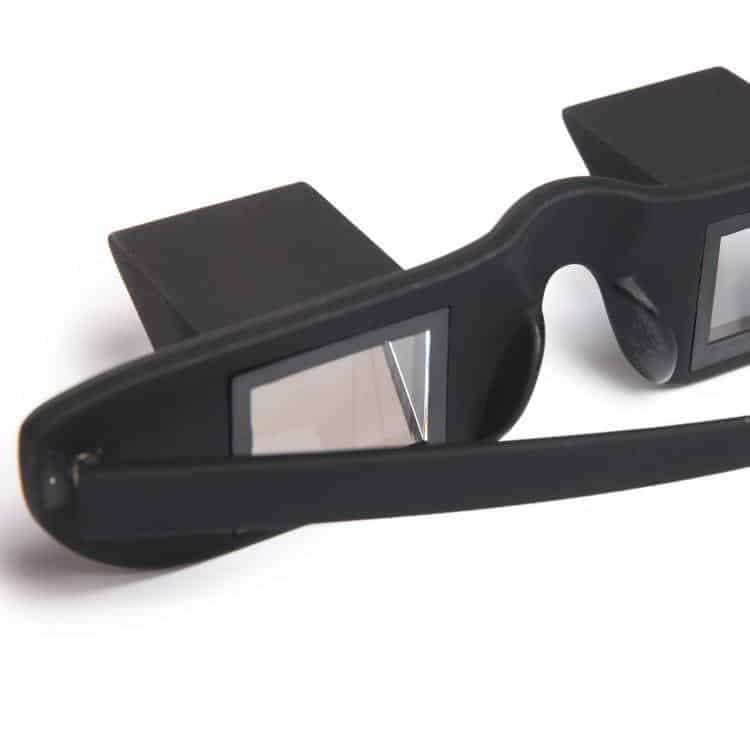

This is how Prism lenses ‘trick’ your brain into combining both images your eyes see into 1 single image. To you and us, that means they bend light from the straight path it travels into another path. Scientifically speaking, Prisms are a transparent optical element with flat, polished surfaces. Keep in mind, there are some other causes for double vision, so if you’re experiencing this phenomenon, we definitely recommend getting checked out by an eye doctor. Because of this, the orientation of both eyes isn’t focused on the same image, which is why people with double vision see two images. Who needs Prism glasses?īinocular double vision (using both eyes) usually occurs when the muscles around the eye, which move your eyes up, down, left and right, don’t work properly. Sometimes, people who have blurred vision have diplopia, as the images they see are only slightly separated – resulting in ‘fuzziness’. The medical term for double vision, diplopia, occurs when a person sees two identical images when using both eyes, instead of just one image. At least 60% of the world’s population requires some form of vision correction in order to see properly. This correction can come in many forms and a Prism value in your prescription can be one of them. They do this by using the properties of a Prism to bend the image to a place where your brain can process it more easily. Prism lenses are essential to getting your eyes working together! No one wants double vision, right? The lenses work by allowing your brain to think your eyes are seeing 1 image again, instead of two.

This can be achieved by either positional correction or convergence correction. U.S.Prism glasses are primarily used for correcting double vision.Eunice Kennedy Shriver National Institute of Child Health and Human Development.
#PRISM GLASSES FULL#
Prism lenses look the same as regular lenses and can be used in bifocal, trifocal or variable focus lenses so that patients can achieve full vision at all distances. Treatment with prism lenses can be used in glasses or contact lenses to provide advanced vision correction for patients suffering from a muscle imbalance.

In addition to poor eyesight, these conditions can cause some of the following symptoms: Depending on each patient's individual needs, prism lenses can display the image in any direction to either adjust one eye or coordinate both eyes to work together. Prism lenses bend light and align eyes so that they work together to produce a single image, rather than the double vision experienced by many patients with these conditions.


 0 kommentar(er)
0 kommentar(er)
